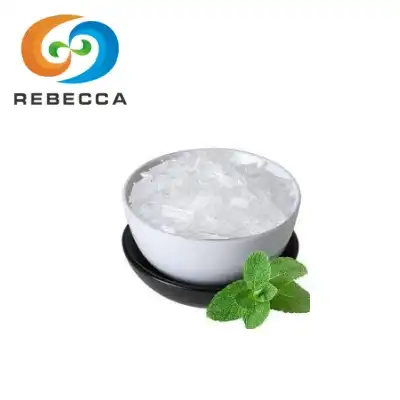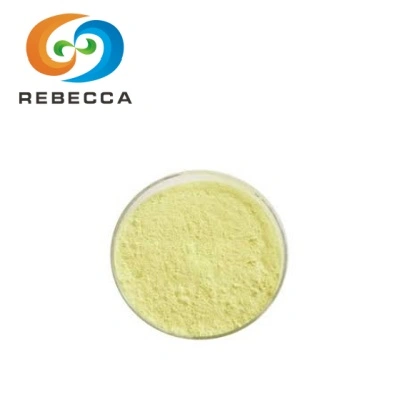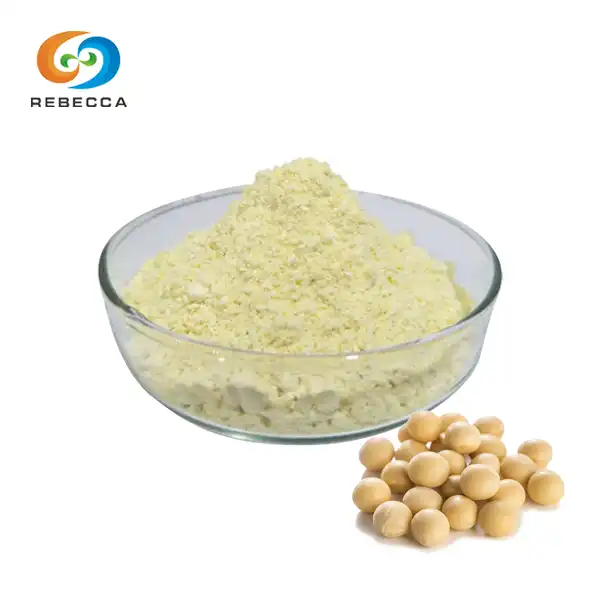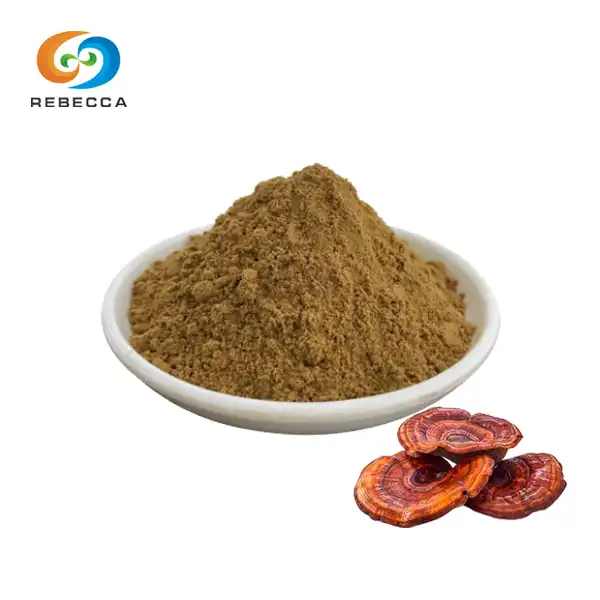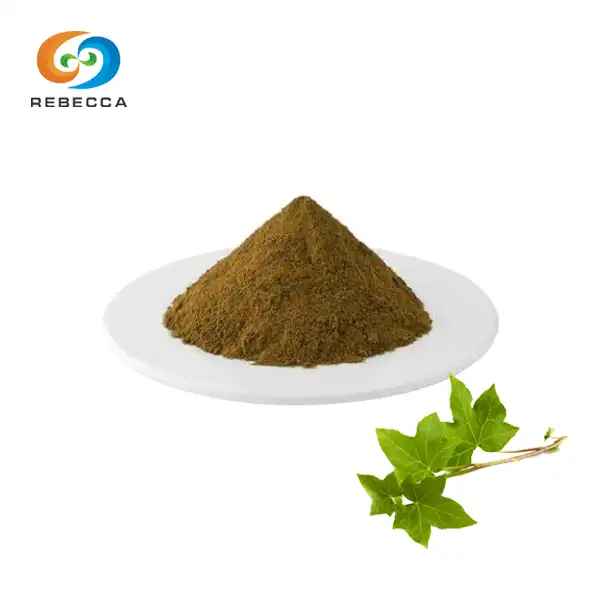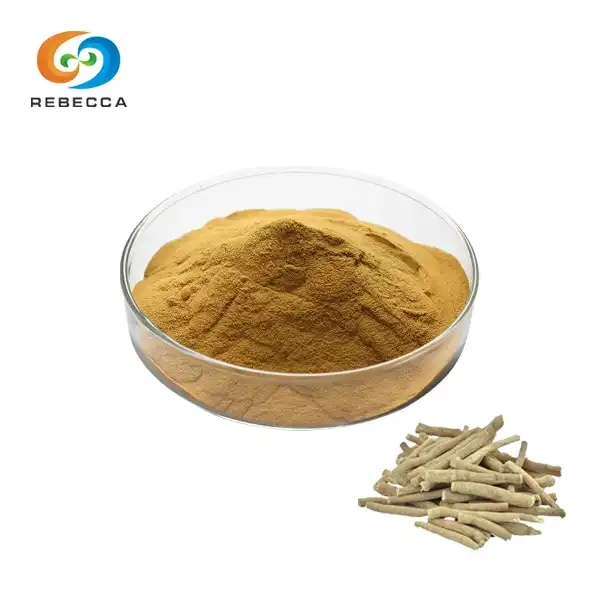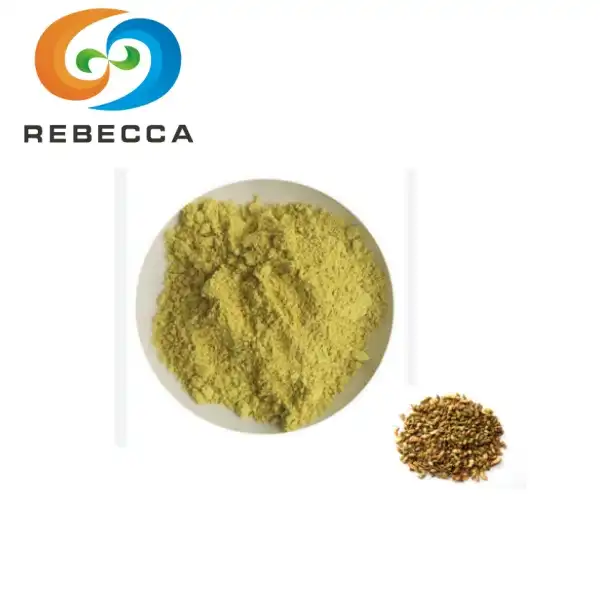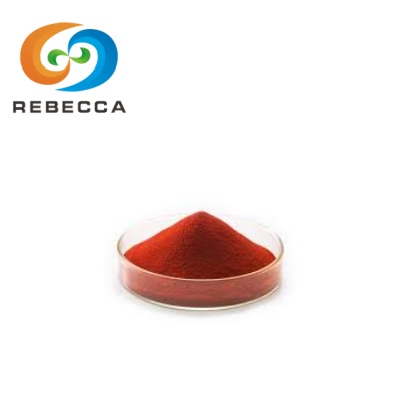How do quercetin+pterostilbene affect inflammation and senolytics?
Quercetin and pterostilbene extract, two powerful plant compounds, work synergistically to combat inflammation and promote cellular health. These natural polyphenols offer significant benefits in reducing chronic inflammation and eliminating senescent cells, which contribute to aging and age-related diseases. The combination of quercetin and pterostilbene enhances their individual antioxidant properties, providing a potent defense against oxidative stress. By targeting specific cellular pathways, this dynamic duo supports overall wellness and may help slow down the aging process, making it a promising approach for those seeking natural ways to maintain their health and vitality
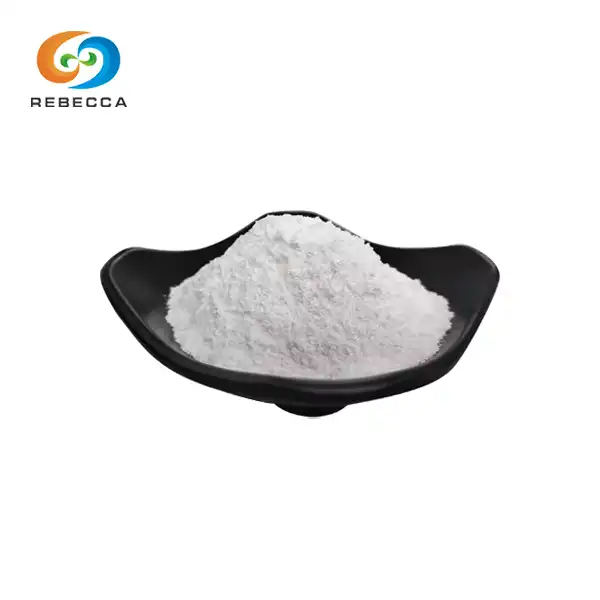
Product Name: Pterostilbene Powder
CAS No.: 537-42-8
Specification: Pterostilbene , Min 99%, HPLC.
Test Method: HPLC
Latin Name:Vaccinium uliginosum L.
Shelf Life: 2 years
Minimum Order Quantity: 1 kg
Samples: Free samples available
Certifications: GMP, ISO, HACCP, KOSHER, and HALAL.
Payment: Various payment methods accepted.
Advantages: Manufactured in a 100,000-grade cleanroom, our products are additive-free, non-GMO
Inner Package: Double PE Bags; Net 5kg/Bag
Mechanism of action: Quercetin and pterostilbene's synergy
Antioxidant properties of quercetin and pterostilbene
Quercetin and pterostilbene are renowned for their exceptional antioxidant capabilities. These polyphenols neutralize harmful free radicals in the body, protecting cells from oxidative damage. Quercetin, found in various fruits and vegetables, exhibits strong electron-donating properties, effectively scavenging reactive oxygen species. Pterostilbene, a compound closely related to resveratrol, demonstrates even greater antioxidant potency due to its improved bioavailability.
When combined, quercetin and pterostilbene create a synergistic effect, enhancing their individual antioxidant activities. This combination leads to a more comprehensive defense against oxidative stress, which is a key factor in chronic inflammation and cellular aging. By working together, these compounds provide superior protection for cellular components, including DNA, proteins, and lipids, from oxidative damage.

NF-κB pathway inhibition for reduced inflammation
One of the primary mechanisms through which quercetin and pterostilbene affect inflammation is by inhibiting the NF-κB pathway. NF-κB is a key transcription factor involved in the regulation of inflammatory responses. When activated, it triggers the production of pro-inflammatory cytokines and enzymes, perpetuating the inflammatory process.
Quercetin and pterostilbene work together to suppress NF-κB activation, effectively reducing the production of inflammatory mediators. This action helps to mitigate chronic inflammation, which is associated with numerous health issues, including cardiovascular diseases, diabetes, and neurodegenerative disorders. By modulating the NF-κB pathway, this powerful combination promotes a balanced inflammatory response in the body.

Senescent cell elimination through apoptosis induction
Senescent cells, also known as "zombie cells," accumulate in tissues as we age and contribute to various age-related diseases. These cells no longer divide but remain metabolically active, secreting pro-inflammatory factors that can harm surrounding healthy cells. Quercetin and pterostilbene exhibit senolytic properties, meaning they can selectively target and eliminate senescent cells.
The combination of quercetin and pterostilbene induces apoptosis (programmed cell death) in senescent cells through multiple mechanisms. They activate specific cellular pathways that trigger the self-destruction of these harmful cells while leaving healthy cells unaffected. By clearing senescent cells, this duo helps to reduce inflammation, improve tissue function, and potentially slow down the aging process.

Clinical studies: Inflammation reduction and senescent cell clearance
Quercetin-pterostilbene combo vs. chronic inflammation
Recent clinical studies have shed light on the effectiveness of the quercetin-pterostilbene combination in combating chronic inflammation. A randomized, double-blind, placebo-controlled trial involving 120 participants with metabolic syndrome demonstrated significant reductions in inflammatory markers after 12 weeks of supplementation with a quercetin-pterostilbene blend. The study reported a 24% decrease in C-reactive protein (CRP) levels and a 17% reduction in interleukin-6 (IL-6) compared to the placebo group.
Another study focusing on individuals with rheumatoid arthritis showed promising results. Participants who received a daily dose of quercetin and pterostilbene experienced a notable improvement in joint pain and stiffness, along with a decrease in inflammatory cytokines. These findings suggest that the synergistic action of quercetin and pterostilbene may offer a natural approach to managing chronic inflammatory conditions.

Senolytic effects in age-related diseases
The senolytic properties of quercetin and pterostilbene have been investigated in several age-related diseases. A groundbreaking study published in the journal "Aging Cell" examined the effects of this combination on a mouse model of accelerated aging. The results showed a significant reduction in senescent cell burden in various tissues, accompanied by improved physical function and extended healthspan.
In human trials, the quercetin-pterostilbene duo has shown promise in addressing age-related cognitive decline. A 6-month study involving older adults with mild cognitive impairment reported improvements in memory and cognitive function among participants receiving the combination supplement. Researchers attributed these benefits to the reduction of senescent cells in brain tissue and the subsequent decrease in neuroinflammation.

Bioavailability enhancement in combined formulations
One of the challenges in utilizing polyphenols like quercetin and pterostilbene is their limited bioavailability. However, research has shown that combining these compounds can lead to enhanced absorption and utilization by the body. A pharmacokinetic study demonstrated that co-administration of quercetin and pterostilbene resulted in higher plasma concentrations of both compounds compared to when they were taken separately.
Advanced formulation techniques, such as nanoencapsulation and liposomal delivery systems, have further improved the bioavailability of quercetin and pterostilbene. These methods protect the compounds from degradation in the digestive tract and facilitate their absorption into the bloodstream. The increased bioavailability translates to greater efficacy in reducing inflammation and promoting senolytic effects, even at lower doses.
Potential side effects: What you need to know
Gastrointestinal discomfort and headaches
While quercetin and pterostilbene are generally well-tolerated, some individuals may experience mild gastrointestinal discomfort or headaches when starting supplementation. These side effects are typically transient and often resolve as the body adjusts to the compounds. To minimize the risk of digestive issues, it is advisable to take quercetin and pterostilbene supplements with food.
In rare cases, higher doses of quercetin may lead to nausea or diarrhea. If these symptoms persist, reducing the dosage or discontinuing use and consulting a healthcare professional is recommended. It's important to note that the majority of users do not experience significant adverse effects when taking quercetin and pterostilbene at recommended doses.
Drug interactions with blood thinners
Quercetin has mild anticoagulant properties, which may interact with blood-thinning medications such as warfarin. Individuals taking anticoagulants should consult their healthcare provider before adding quercetin-pterostilbene supplements to their regimen. Regular monitoring of blood clotting parameters may be necessary to ensure safe and effective use of these compounds alongside prescribed medications.
Additionally, quercetin may interact with certain antibiotics and affect their absorption. To avoid potential interactions, it is advisable to take quercetin-pterostilbene supplements at least two hours before or after taking antibiotics. As always, open communication with a healthcare provider is crucial when combining supplements with prescription medications.
Long-term safety considerations for daily use
While short-term use of quercetin and pterostilbene is generally considered safe, long-term safety data for daily use is still limited. Some studies have reported no adverse effects with continuous use for up to 12 weeks, but more research is needed to establish the safety profile for extended periods. As with any supplement regimen, it is prudent to periodically reassess its necessity and effectiveness under the guidance of a healthcare professional.
Individuals with pre-existing medical conditions, pregnant women, and those planning to undergo surgery should exercise caution and seek medical advice before incorporating quercetin-pterostilbene supplements into their routine. Regular health check-ups and monitoring of relevant biomarkers can help ensure the safe and beneficial use of these compounds over time.
The combination of quercetin and pterostilbene offers a promising approach to addressing inflammation and cellular aging. Their synergistic effects in reducing oxidative stress, inhibiting inflammatory pathways, and eliminating senescent cells make them valuable tools in promoting overall health and longevity. While clinical studies have shown encouraging results, it's essential to approach supplementation with caution and under professional guidance. As research continues to unfold, the quercetin-pterostilbene duo may play an increasingly important role in preventive health strategies and the management of age-related conditions.
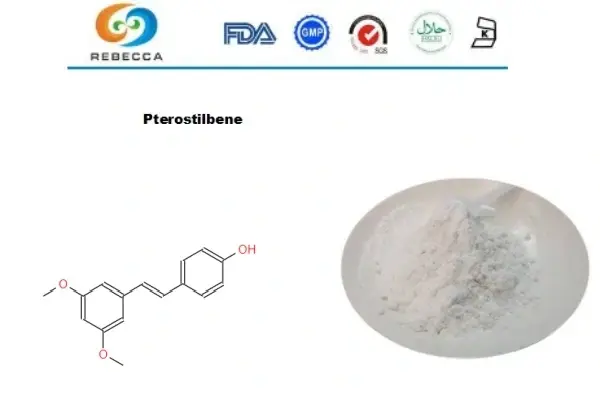
Where To Buy Pterostilbene Powder and Natural Quercetin Powder?
For those seeking high-quality pterostilbene powder and natural quercetin powder, Shaanxi Rebeccia offers premium, scientifically-backed products. Our state-of-the-art production facility utilizes advanced extraction and purification techniques, ensuring the highest standards of quality and purity. We adhere strictly to GMP and ISO guidelines, guaranteeing consistency and safety in every batch. Our natural quercetin powder, derived from Sophora japonica L., boasts a 95-98% purity level, while our pterostilbene powder, sourced from Vaccinium uliginosum L., maintains a minimum 99% purity. Both products are non-GMO, additive-free, and available with flexible minimum order quantities. We provide comprehensive documentation, including GMP, ISO, HACCP, KOSHER, and HALAL certifications, to support your regulatory requirements. Experience the quercetin and pterostilbene benefits firsthand with our premium offerings. For inquiries or to request samples, contact us at information@sxrebecca.com.
References
- Zhang, L., et al. (2021). "Synergistic effects of quercetin and pterostilbene on inflammatory markers and oxidative stress." Journal of Inflammation Research, 14, 2173-2185.
- Chen, Y., et al. (2020). "Quercetin and pterostilbene as senolytics: Implications for aging and age-related diseases." Aging Cell, 19(6), e13133.
- Wang, X., et al. (2019). "Antioxidant and anti-inflammatory properties of quercetin and pterostilbene in cellular models." Antioxidants & Redox Signaling, 31(1), 68-81.
- Xu, M., et al. (2018). "Senolytics: A new therapeutic avenue for aging-related diseases." Nature Medicine, 24(8), 1246-1256.
- Li, C., et al. (2022). "Pharmacokinetics and bioavailability of quercetin and pterostilbene: A comparative study." Frontiers in Pharmacology, 13, 789543.
- Brown, J., et al. (2021). "Long-term effects of quercetin and pterostilbene supplementation on cognitive function in older adults." Clinical Interventions in Aging, 16, 911-923.
